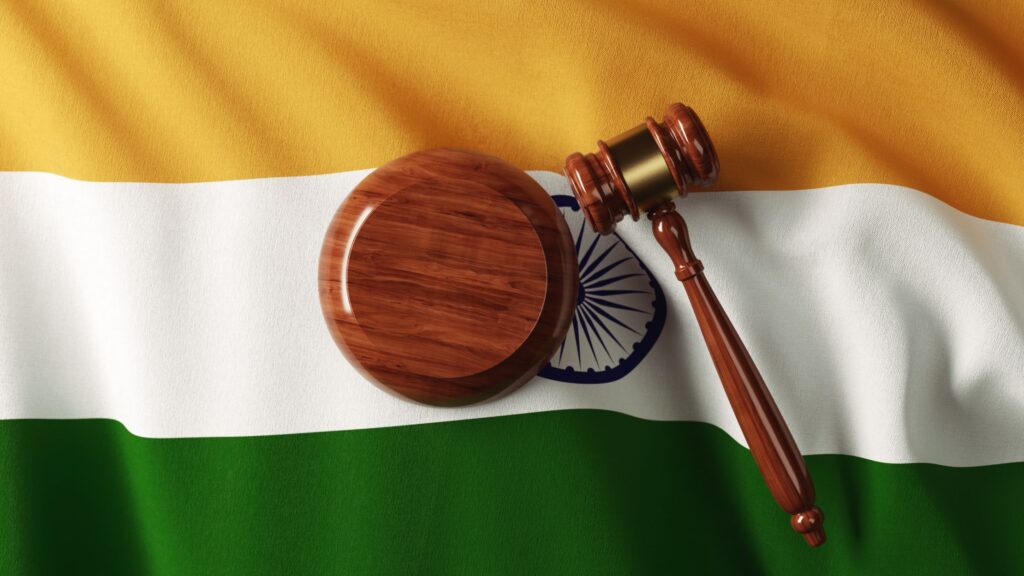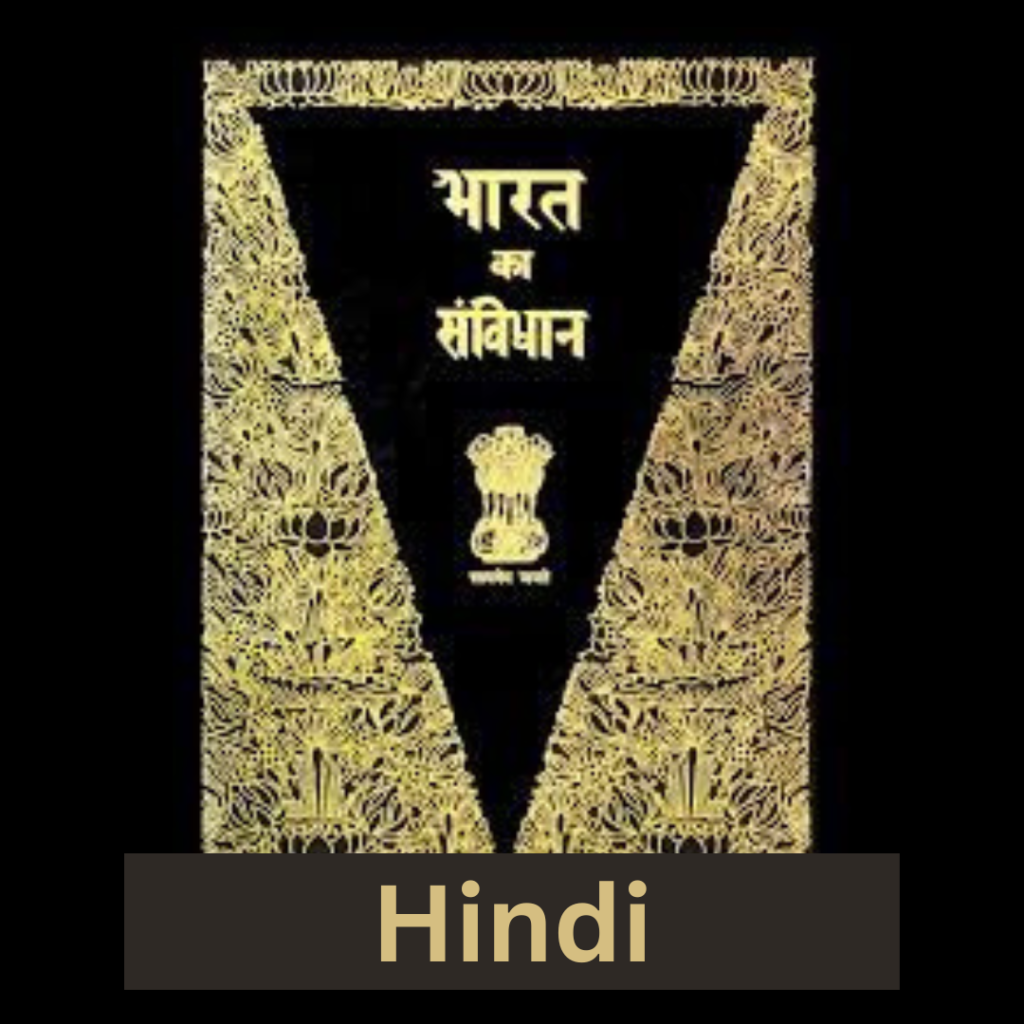The Constitution Of India

“Constitution is not a mere lawyers document, it is Vehicle of life, and its spirit is always the spirit of Age.”
-Dr. BR Ambedkar (constitution of india)
The Constitution of India is the supreme legal document that governs the country. It was adopted on November 26, 1949, and came into effect on January 26, 1950, making India a sovereign democratic republic. The Constitution of India is one of the longest written constitutions in the world and is known for its elaborate framework and provisions.

The Indian Constitution is a comprehensive document that includes a preamble, followed by 448 articles divided into 25 parts, and 12 schedules. This comprehensive framework lays out basic political principles, the structure of government, and the rights and responsibilities of citizens. It brings together various influences, philosophies, and provisions adopted from different sources.
The preamble sets forth the ideals and goals of the Indian Constitution. Justice, liberty, equality, and fraternity are emphasized, and the dignity of the individual and the unity and integrity of the nation are guaranteed.
It is structured to provide for a federal system of government with a clear division of powers between the Union (central government) and the states. The executive, legislative, and judicial branches are clearly delineated from each other and provided with checks and balances to prevent any one of them from acquiring excessive power.

Key Features :
Length and Detail: It is one of the longest in the world, with 470 articles and 12 schedules. It covers a wide range of topics, including fundamental rights, directive principles of state policy, and the organization and powers of the government.
Federal System: India follows a federal system of government with a strong unitary bias. It is divided into three tiers – the Union, States, and Union Territories. The distribution of powers between the center and the states is delineated in.
Fundamental Rights: Part III of constitution guarantees fundamental rights to citizens, including the right to equality, freedom of speech and expression, and protection from discrimination. These rights can be enforced through the courts.
Directive Principles of State Policy: Part IV of The Constitution of India contains directive principles that guide the state in policymaking. These principles include the promotion of social justice, welfare of the people, and protection of the environment.
Separation of Powers: it establishes a clear separation of powers among the three branches of government: the Legislature, the Executive, and the Judiciary. This separation helps ensure a system of checks and balances.
Independent Judiciary: The judiciary is independent of the executive and the legislature. The Supreme Court of India is the highest judicial authority, with the power of judicial review, allowing it to strike down laws that are inconsistent with The Constitution of India.
Parliament: The Indian Parliament is bicameral, consisting of the Rajya Sabha (Council of States) and the Lok Sabha (House of the People). The President is the head of state, while the Prime Minister is the head of government.
Election and Representation: India conducts regular free and fair elections at various levels. The First Past the Post (FPTP) system is used to elect members of the Lok Sabha, while the President is elected indirectly by an electoral college.
Secularism: India is a secular state, meaning it does not promote or endorse any particular religion. The Constitution of India allow Citizens the freedom to practice and propagate their religion.
Amendment Procedure: It can be amended, but the process is rigorous. Amendments require a two-thirds majority in both houses of Parliament or a special majority, in addition to ratification by half of the state legislatures.
Languages: The Constitution of India recognizes 22 official languages, with Hindi and English as the official languages for communication with the central government.
Scheduled Castes and Scheduled Tribes: Special provisions are made for the upliftment and welfare of Scheduled Castes and Scheduled Tribes to address historical disadvantages.
Emergency Provisions: The Constitution of India includes provisions for the declaration of a state of emergency in the event of a threat to the nation's security, territorial integrity, or financial stability.
Local Self-Government: The Constitution of India also recognizes the importance of local self-government and establishes a three-tier system of Panchayats (village councils) and Municipalities.
Fundamental Duties: In 1976, The Constitution of India was amended to include fundamental duties for citizens, emphasizing their responsibility towards the nati

The fundamental rights enshrined in Part III of the Indian Constitution secure essential liberty rights for all citizens, including the right to equality, freedom of speech, expression and religion, the right to life and personal liberty. These rights are enforceable, which means that citizens can seek redress if these rights are violated.
In the Constitution of India, the principles of state policy set forth in Part IV are guidelines for the state in its governmental and administrative work that promote socioeconomic welfare, justice, and equality, even though they are not legally enforceable.
Part I of the Constitution of India deals with the Union and its territories. Parts V through XI deal with the organization, composition, powers, and functioning of various institutions, including the President, Parliament, Prime Minister and Council of Ministers, the Judiciary, the Comptroller and Auditor General, and more.
Part XII to Part XX deals with the division of powers, responsibilities and provisions for administration between the Union and the states, covering topics such as finance, panchayats and municipalities.

The Constitution of India is a living document that has stood the test of time. It has been amended multiple times to adapt to changing societal needs and aspirations, ensuring that the principles it embodies remain relevant and resilient.
The Constitution of India stands as a testament to the foresight of the framers who sought to create a robust framework for a diverse and dynamic nation, providing a blueprint for governance, justice, and rights that continues to guide the world’s largest democracy.
If you want any kind of consultancy then contact us



3 comments. Leave new
[…] To read Detailed version of constitution click here […]
[…] To Read about Constitution Click here […]
[…] connectivity, phone tracking has become an integral part of various aspects of our lives. In India, the use of location-based services and tracking mechanisms has witnessed a significant surge. […]